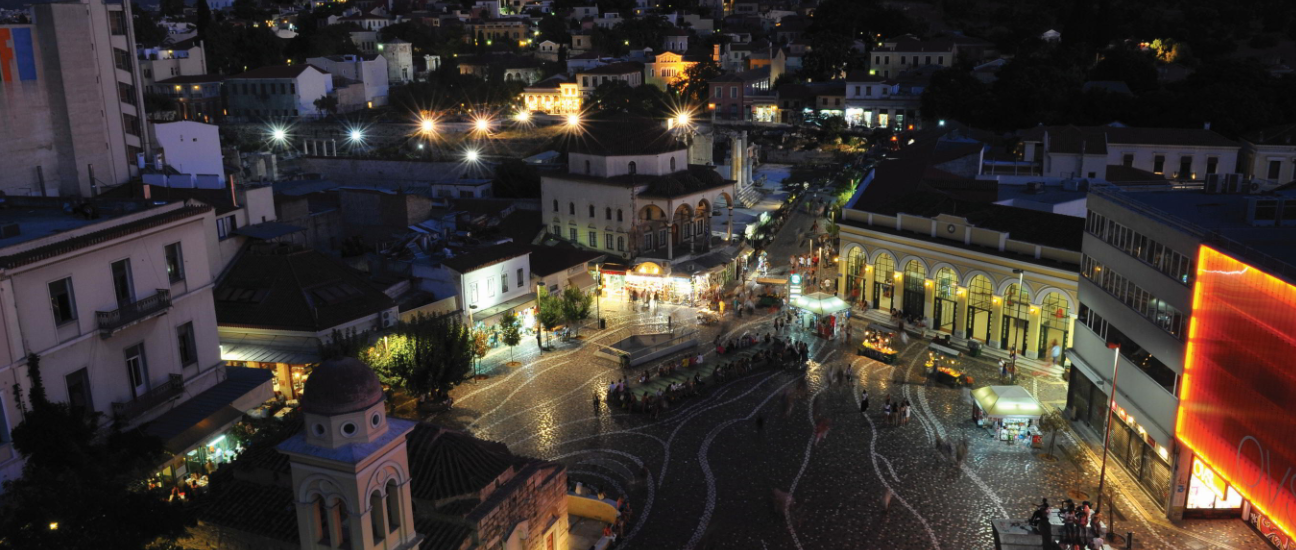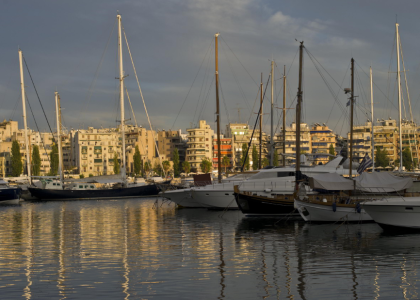Athens is one of the oldest cities in Europe carrying a long history of culture and values that played a significant role in the shaping of modern Europe and the western civilization. The city is named after the goddess Athena, daughter of Zeus and a part of the Greek pantheon. It is located in the Attica region of the country of Greece and since 1834 is the capital of the modern Greek state being the biggest city in it with over 3.5 million residents.
A big part of the historic center of the city has been converted into a pedestrian zone 3 km long spanning through the major archaeological sites residing around it. Places of interest such as the temple of Olympian Zeus, the ancient Theatre of Dionysos and the Odeion of Herodes Atticus are along the pedestrian zone surrounding the sacred rock of the famous Acropolis. The Acropolis Museum resides a few hundred meters away to the south containing more than 4,000 priceless finds from the Acropolis monuments representing its history and function. Further along the pedestrian road the religious, commercial and political center of ancient Athens can be found in the archaeological site of Ancient Agora. From there, Kerameikos can reached via Ermou street where one can admire the impressive tomb sculptures of the largest cemetery of the ancient city.
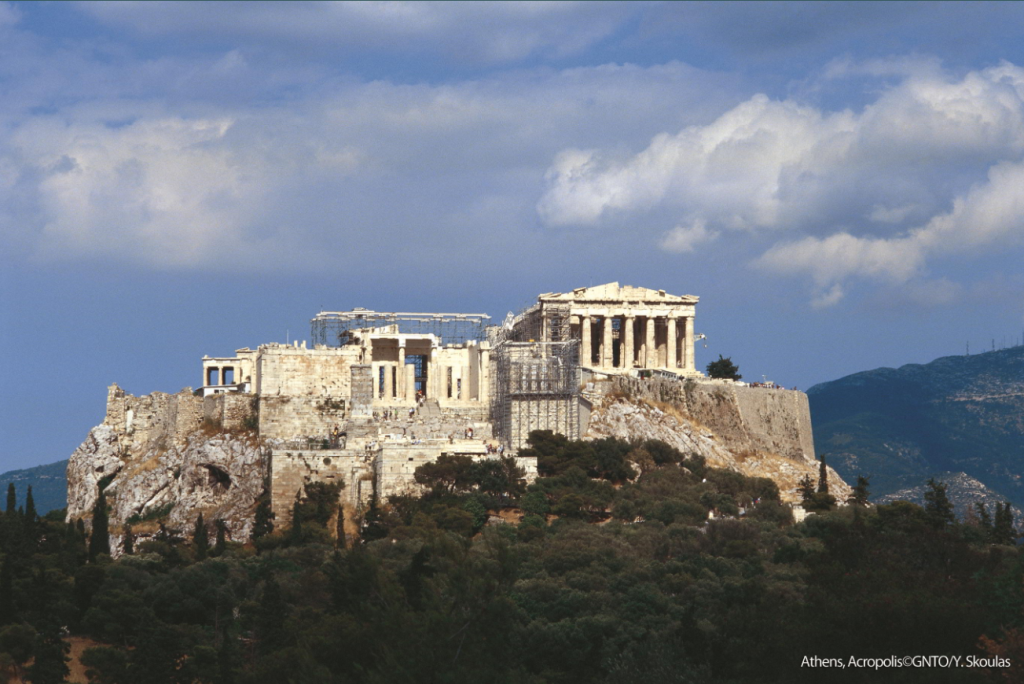
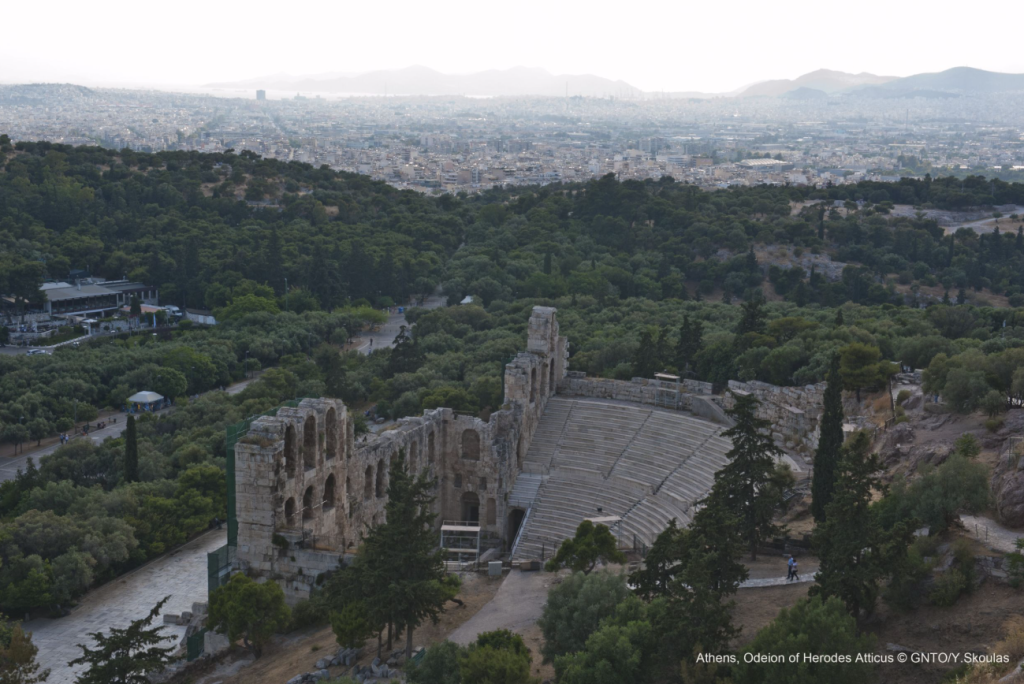
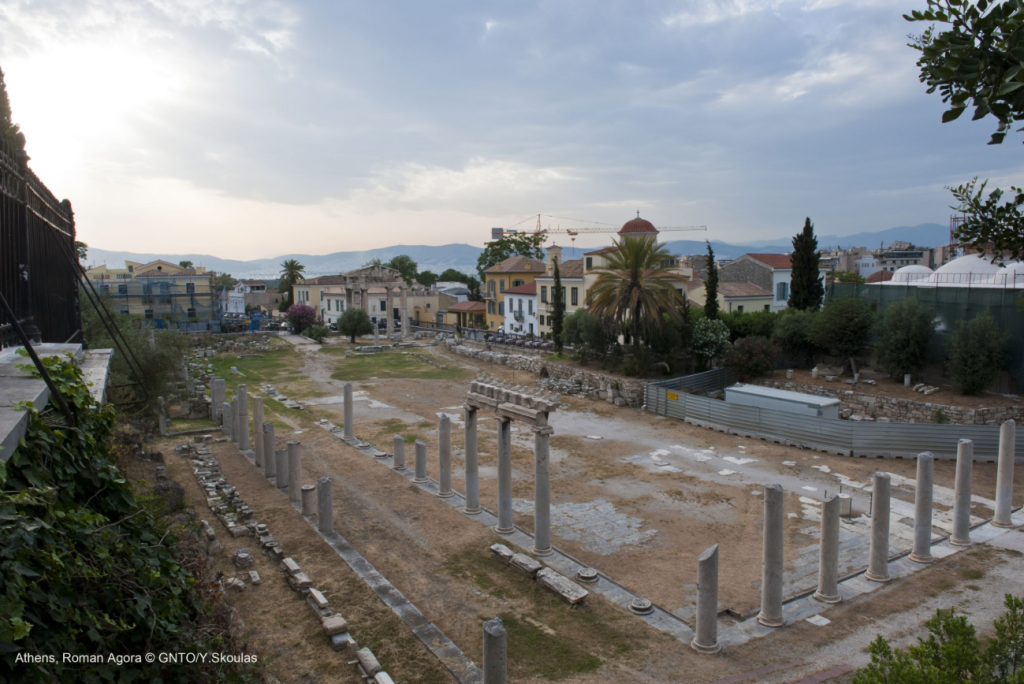
However, a tour in Athens does not have to, and should not, be limited to the unique archaeological sites. At the “heart” of the historic center is the Plaka neighborhood located at the eastern side of Acropolis. A stroll through the narrow labyrinth-like streets populated with houses and mansions is like a “stroll through time” of the Turkish occupation and the Neoclassical periods of the city. At the northern end of Plaka there is Monastiraki area, characterized also by narrows streets and small old buildings but most importantly by the renowned flea market running in the area. Next to it, the Psyrri area is a traditional neighborhood that during the past years has evolved into an important part of the nightlife in Athens mostly populated by bars, tavernas, clubs etc.
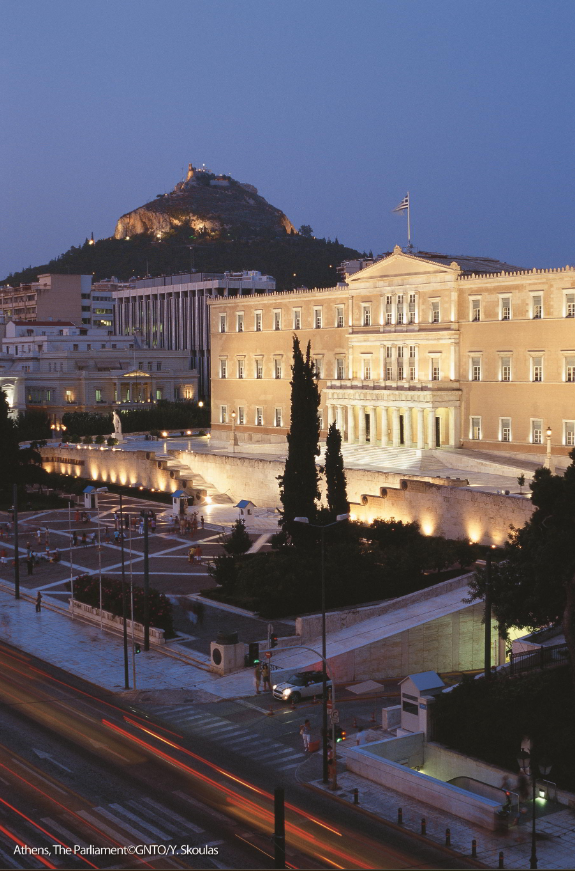
The two most central squares at the heart of Athens are Omonia and Syntagma. Connected by Stadiou and Panepistimiou streets where some of Athens’ most beautiful Neoclassical buildings have been erected. The Greek Parliament building is located at the eastern side of Syntagma square with the Monument of the Unknown Soldier in front of it, guarded by Greek soldiers (Evzones) in traditional costume. Right next to it starts the, 40 acre, beautiful National Garden which is definitely worth a stroll during the day.
From the archaeological sites to the traditional Greek restaurants (tavernas) and from the museums to the rich nightlife, Athens is a city that combines the roots of the ancient Greek civilization with the temperament and the warmth of the modern one.

